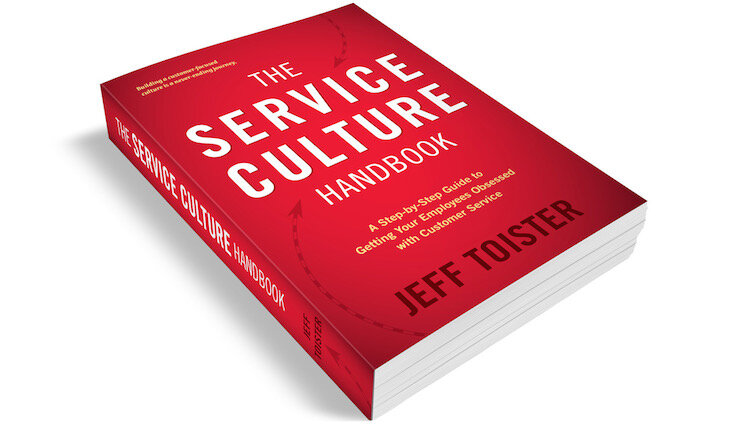This past year has been tough on contact center agents.
The pandemic shifted more agents to working at home. Those who were at home already likely had their lives disrupted in some other way.
Some contact centers endured unimaginable spikes in volume. Others saw their businesses dry up and were forced to lay people off.
A report from Benchmark Portal found that agent satisfaction has remained fairly high. This post examines a few of the positive trends along with some areas for concern that must be addressed.
About the Benchmark Portal Agent Voices Report
The report is based on a detailed survey that was given to more than 10,000 contact center agents and leads in North America. The survey was conducted in 2020.
The survey consisted of questions grouped into 15 categories, ranging from overall satisfaction to leadership, training, and culture.
Benchmark Portal's last Agent Voices Report was released in 2015. The new report compares the current results to the results in the previous report.
The full, 64-page report is available for purchase from Benchmark Portal.
Bright spots for contact center agents
Agents gave their contact centers high marks in several categories. Here are five that really stood out.
Overall satisfaction
You might expect a steep drop in agent satisfaction, but it was only 3 percent lower than in 2015. Most agents were satisfied with their job and hoped to still be working for the same company in two years.
One result that really stood out was company pride. 83.78 percent of agents agreed or strongly agreed with this statement:
I am proud to say I work for this company.
Vision
This was another category of questions that surprised, with the results remaining virtually unchanged from 2015.
If you read this blog with any regularity, you know I often write about the importance of having a clear customer service vision. So I was happy to see that 78.44 percent of agents agreed or strongly agreed with this statement:
The organization's vision is clearly communicated and understood by employees.
Leadership
A crisis can often galvanize our faith in leadership. This appeared to be the case in 2020, where the overall leadership score increased by 5.3 percent from the 2015 survey.
One question that's important is whether or not agents perceive that senior leaders value the contact center. Here, 81.04 percent of agents agreed or strongly agreed with this statement:
Leadership recognizes the importance of the contact center.
Teamwork
The people you work with every day have an enormous impact on how you feel about your job, your company, and your ability to get things done. Many employees will work through other job-related challenges if they like and trust the people on their team.
This was another strong category in 2020, showing a 4.6 percent increase from 2015. One question really stood out, with 92.04 percent agreeing or strongly agreeing with this statement:
There is a real sense of community within my team.
Direct Supervisor
The one person who likely has the biggest impact on your job satisfaction and performance is your direct supervisor. The results for this category were virtually the same as in 2015, but there was one big eye-opener.
Posting a 7.4 percent gain from 2015, a total of 87.44 percent of agents agreed or strongly agreed with this statement:
I have a good working relationship with my manager.
Opportunities to improve contact centers
The Agent Voices report highlighted several areas where contact centers need to improve agent satisfaction. Unfortunately, these have all been challenges for many years.
Career Growth and Compensation
This category had a steep 17.7 percent drop from 2015 to 2020. This shouldn't be too surprising, given the high number of layoffs in 2020, but companies now need to rebuild trust with the employees who stay.
Compensation is a particular issue, with just 62.11 percent of agents agreeing or strongly agreeing with this statement:
My compensation is comparable to, or better than, other similar jobs in the community.
Voice of Customer
The overall results for this category were relatively unchanged from 2015, and a high number of agents acknowledge their contact center collects customer feedback.
Agents don't feel as though their ideas are heard enough, however, with just 65.94 percent agreeing or strongly agreeing with this statement:
If I have an idea for improving customer service, I know I will be heard.
Recognition, Value, and Appreciation
Many contact centers rely on games, contests, pizza parties, and other frivolity to recognize agents. Logistically, that's more difficult if agents are working from home.
Practically, what agents really want is to know they are making a difference. Only 62.11 percent agreed or strongly agreed with this statement:
I've seen improvements take place as a result of feedback I have given.
Communication
This category continues the theme of agents feeling they are part of something, rather than just a cog in the machine. The results were fairly low in 2015, and they decreased 2.6 percent in 2020.
One problem is when agents feel blind-sided by a change. Just 62.38 percent agreed or strongly agreed with this statement:
Changes that affect our customers are communicated to us before they affect the customer.
Take Action
The Benchmark Portal Agent Voices Report indicates contact centers are doing a lot of things well, particularly in the areas of vision, leadership, teamwork, and the direct supervisor.
The biggest area for improvement is making sure agents feel they matter.
You can accomplish this, and tap into a wealth of information, through regular conversations.
One-on-one conversations to review performance.
Share customer feedback with the team and discuss ways to improve.
Conduct stay interviews to find out why agents remain with the company.
Get feedback from agents when making major decisions.
Update agents on critical changes before customers learn about them.
Finally, consider investing in the full, 64-page report.
It provides extensive insights from 15 categories of questions, along with analysis and recommendations for improvement.


















